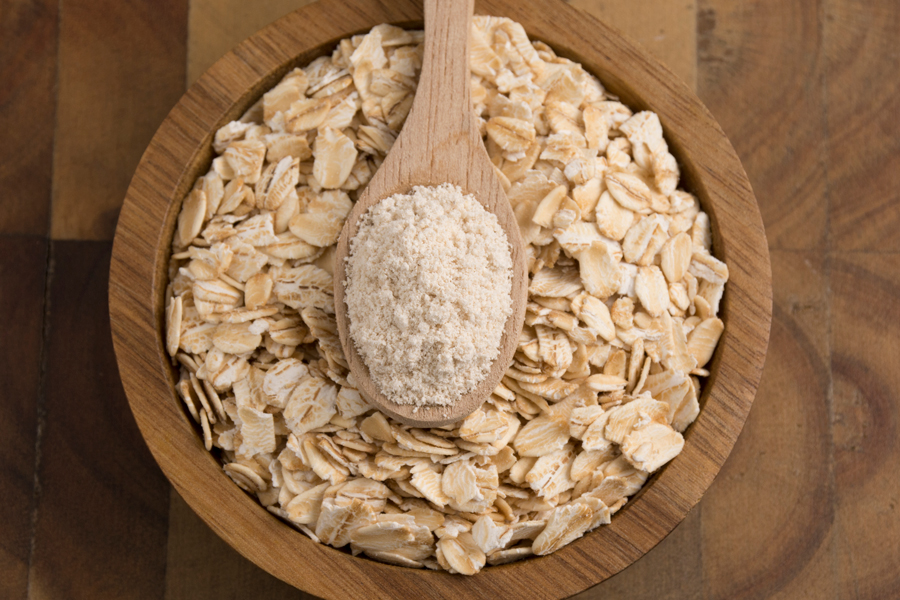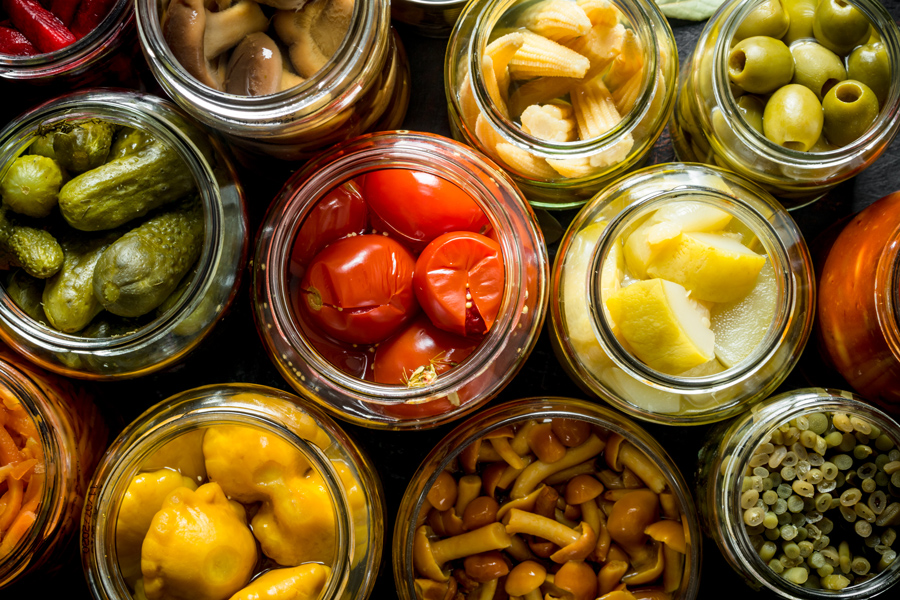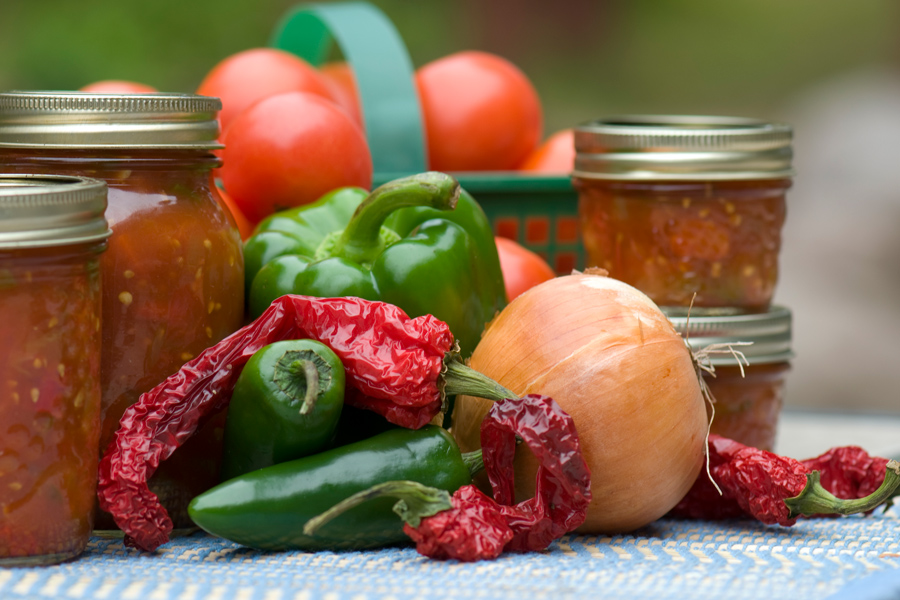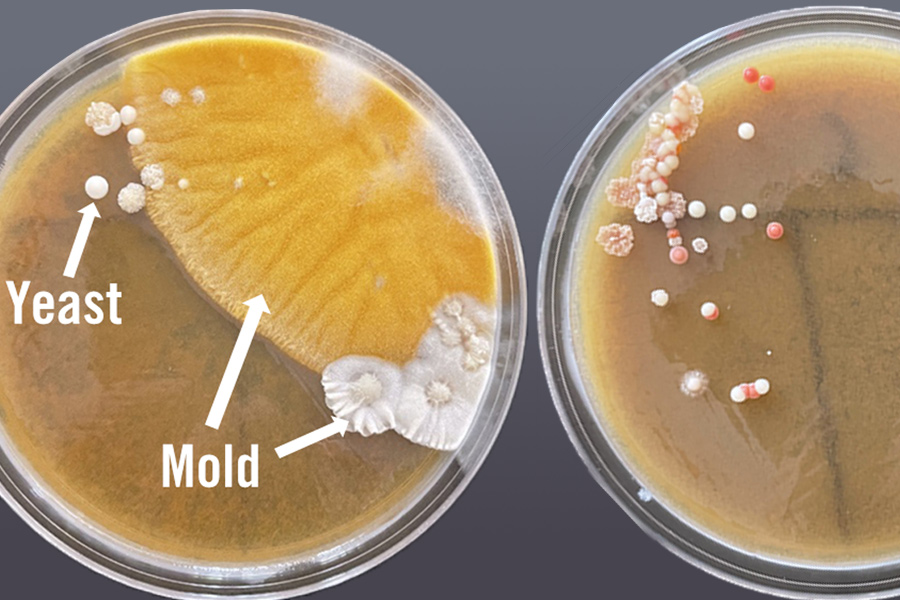Food Science and Technology
-

Oat okara, the nutritious byproduct of oat milk processing, is rich in protein and dietary fiber. Current practices often discard okara or use it as animal feed. Produced in large quantities, it represents not only a sustainability challenge but also a significant economic opportunity. With potential applications in food fortification and as a cost-effective ingredient in baked goods, snacks, and more, utilizing oat okara can reduce waste and add value to the production chain. Unlocking its potential benefits both the environment and the food industry.
Hualu Zhou and Anthony Stevanus Suryamiharja
|
-

An acidified food is a low-acid food to which acids (such as vinegar, lemon juice, citric acid, etc.) or acid foods (such as fruits or tomatoes) have been added to bring the equilibrium pH of the food to 4.6 or less, with equilibrium water activity greater than 0.85.
Kaitlyn Casulli
|
-

Using Hot-Fill-Hold: A Thermal Preservation Process. Processors of acidified foods are required to comply with federal, state, and local regulations (when applicable) for thermal processing to ensure the safety and shelf-stability of their products. The hot-fill-hold (HFH) process is a thermal processing technique used to inactivate pathogens and extend the shelf life of acidified products. Heating before filling allows for commercial sterilization of the product, and then filling the container with the hot product will sterilize the clean container.
Kaitlyn Casulli
|
-

When processing acidified foods, the hot-fill-hold process involves heating the product to around 180–200 °F, then filling, inverting, and holding for 2–5 minutes to achieve commercial sterility. Higher temperatures will generally correlate with shorter hold times, and lower temperatures will generally correlate with longer hold times.
Kaitlyn Casulli
|
-

This publication provides a clear and balanced comparison of plant-based and animal-based proteins in our food. It looks at the nutritional value, environmental impact, and health effects of each type of protein. The goal is to help readers understand more about these protein sources without saying whether one is better than another—in other words, to inform and educate, giving everyone the knowledge to learn about different dietary options.
Hualu Zhou and Anthony Stevanus Suryamiharja
|
-

This circular contains the fundamentals of watermelon irrigation scheduling using the crop water demand method. Decisions regarding the timing, frequency, and amount of water required for a crop are some of the most critical factors in vegetable production. There are numerous irrigation scheduling strategies employed by growers, but the crop water demand method of irrigation management is one of the most reliable and precise ways to schedule irrigation. This method adjusts irrigation events using the crop evapotranspiration, or ETc.
Timothy Coolong, Laurel Dunn, Andre Luiz Biscaia Ribeiro da Silva, and Will Gay
|
-

Perfluoroalkyl and polyfluoroalkyl substances (PFAS) are a group of more than 9,000 manmade chemicals that have been in use worldwide since 1940, primarily in industry and numerous commercial and consumer products. The widespread use of PFAS for the past several decades has raised concerns due to their persistence, bioaccumulative nature, and potential adverse health effects. This publication provides information about the background, uses, and environmental and human health consequences of PFAS chemicals, as well as the EPA’s primary drinking water regulation standards and water treatment systems for removal/reduction of these chemicals from drinking water. Testing options and PFAS monitoring efforts by the Georgia EPD are included along with references for further reading.
Gary L. Hawkins, Pamela R. Turner, and Uttam K. Saha
|
-

Wild yeast fermentations are an emerging trend in brewing that can provide a unique sensory experience for the consumer compared to beers brewed with commercial yeast strains. Wild yeast allows brewers to put a local story behind their beers by using strains isolated from the nearby environment. While wild yeasts can impart fruity, spicy, or sour flavors in beers without the addition of adjuncts, the beer’s sensory properties, yeast attenuation, and yeast’s alcohol tolerance are unpredictable, and evaluations must be conducted to determine the flavor profiles in beers brewed with wild yeast.
Kaitlyn Casulli
|
-

B 1563
Oxidizing Filters
Private well waters often contain high levels of iron, manganese, and hydrogen-sulfide. While these contaminants are not considered to have any human health consequences, they can cause various issues such as staining, impaired taste, and odor problems once their concentration exceeds certain levels, and homeowners need an appropriate system to remove them—such as an oxidizing filter. Oxidizing filters operate using oxidation, which occurs when a substance comes into contact with oxygen or another oxidizing substance. Everyday examples of oxidation are rust and the brown color that develops on a cut apple. This publication discusses various aspects of oxidizing filtration technique such as applicability, types of filter media, maintenance, etc.
Gary L. Hawkins, Brenda Jackson, Pamela R. Turner, Uttam K. Saha, Laurel Dunn, and Laura Ney
|